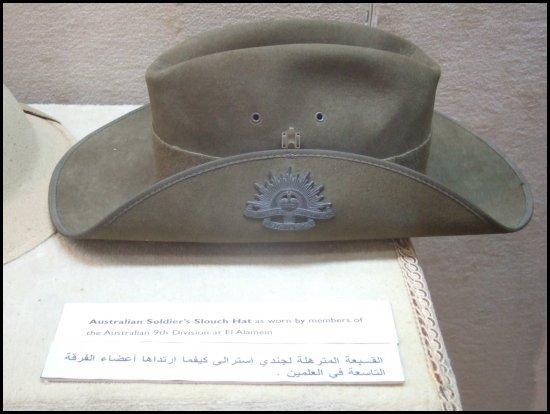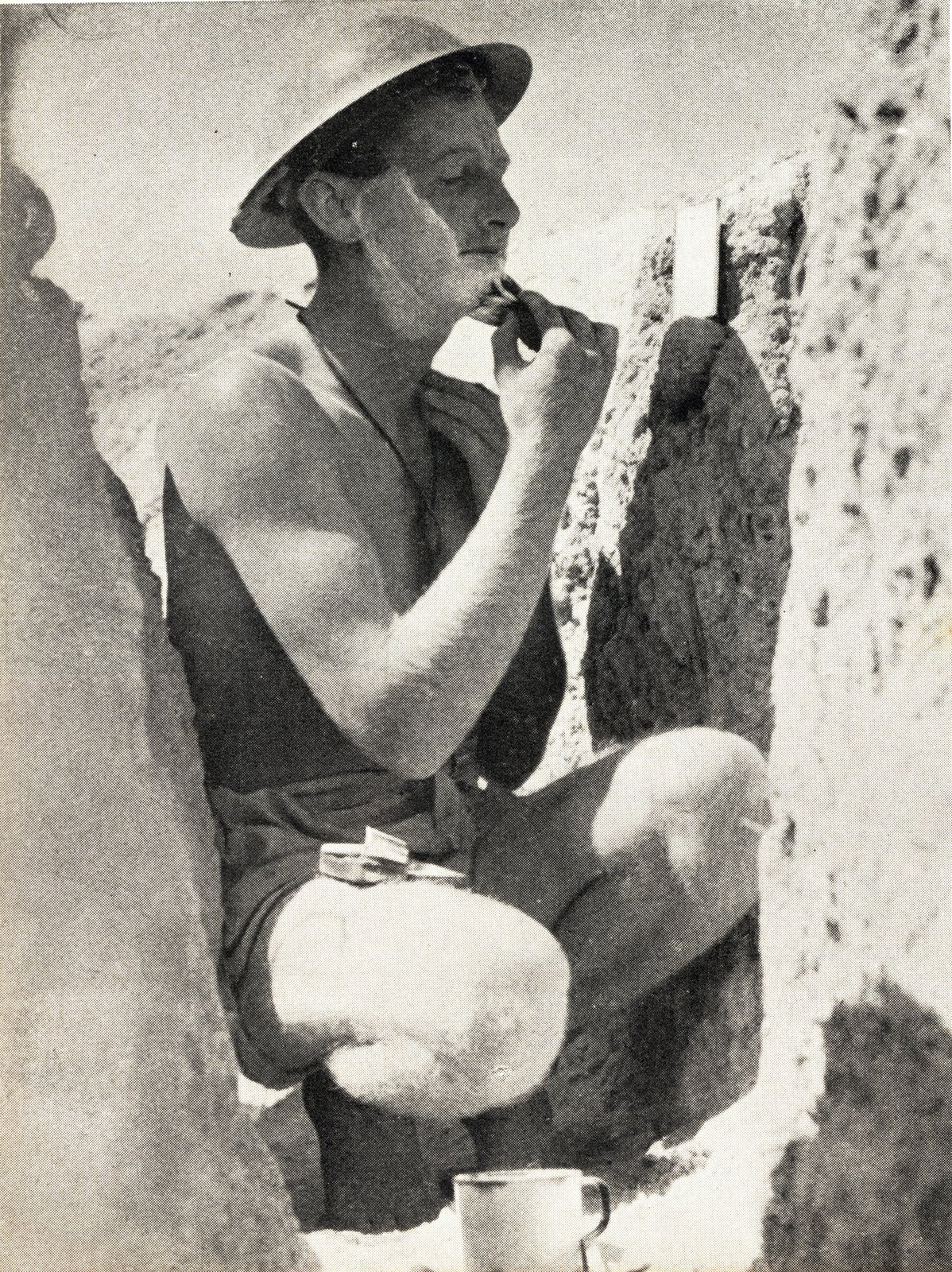VX48227 Pvt. C.T. Jury at Cleopatra's Bath.
Pvt. Charles T. Jury of HQ 26th Brigade prepares to have a swim in what locals called "Cleopatra's Bath", supposedly a site favoured by the former Egyptian ruler for swimming.
This natural rock bath on the coast east of Tobruk was near the location of the 26th Brigade's HQ Company. It was said that the Pharaoh Cleopatra would swim in this rock pool and considered it one of her favourites. There are many sites along the North African coast that claim to be Cleopatra's Bath so to what extent this claim lies in truth is unknown. I hardly think that Pvt. Jury cares if the story is true or not. He is likely more concerned about getting as clean as possible.
image 020132 Australian War Memorial.















